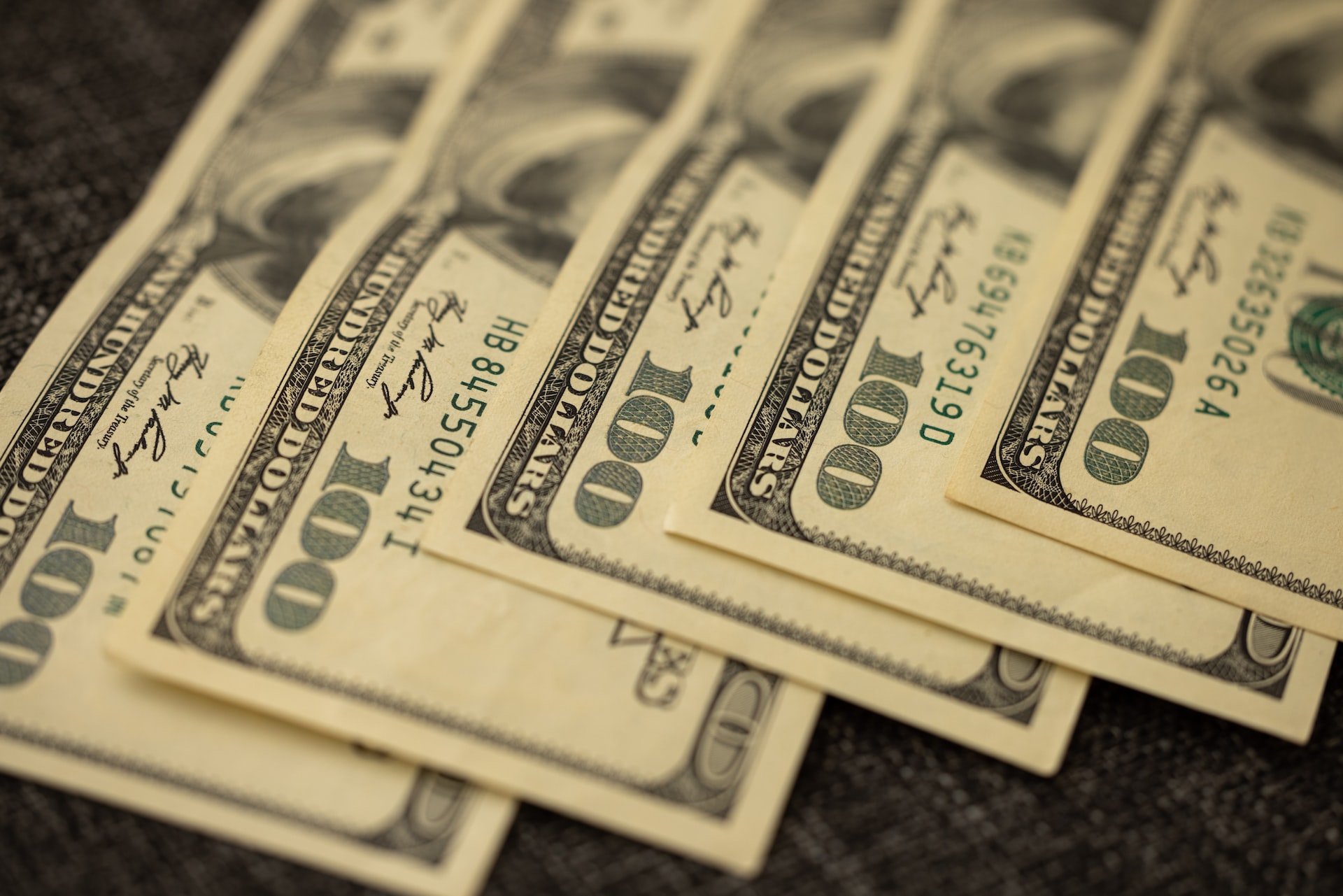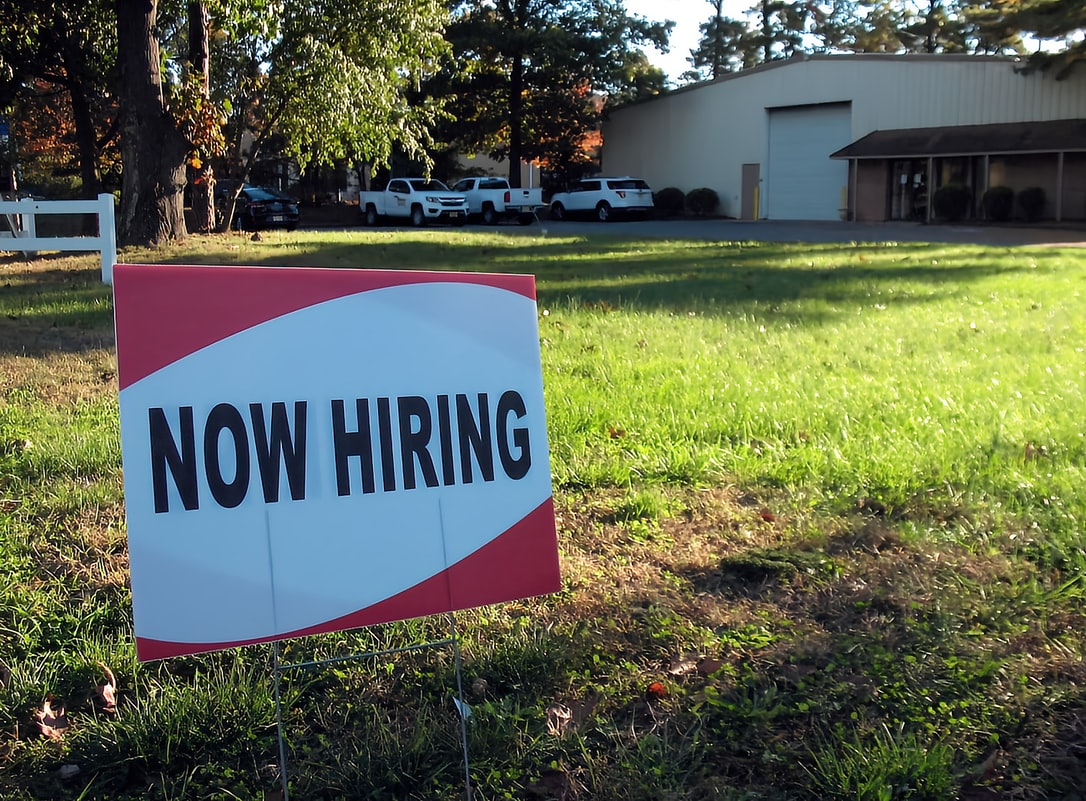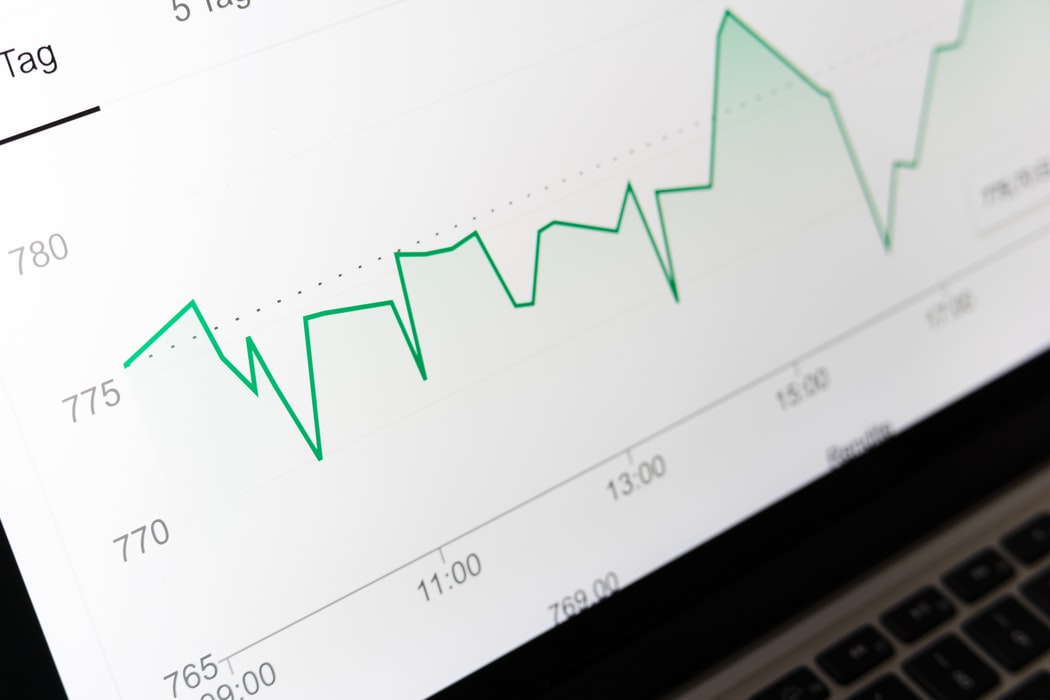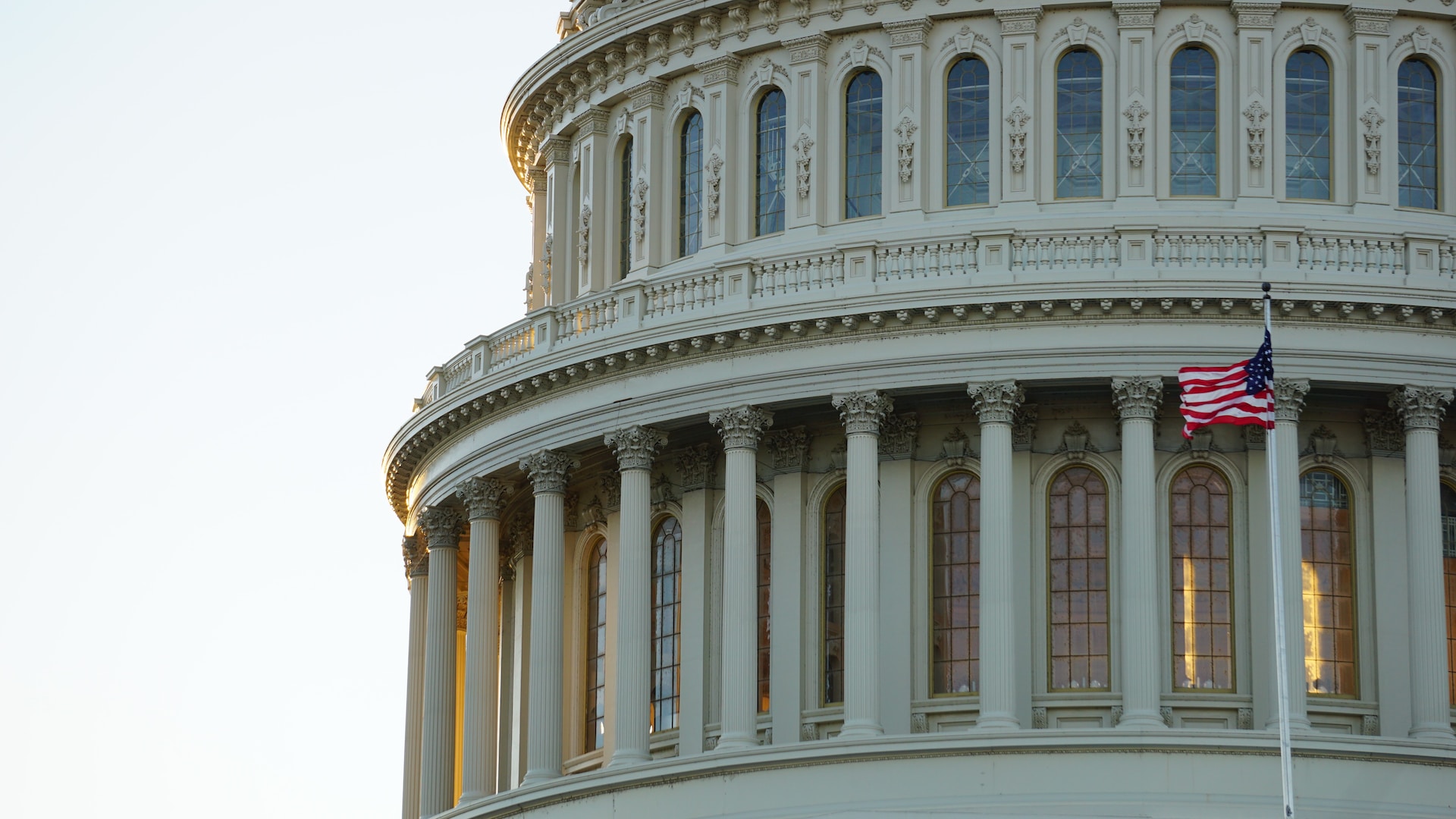
Subprime: Is a loan by any other name just as sweet?
___
Published Date 7/26/2024
When 2008’s financial crises took over our lives, few of us understood the roots of it. But that’s when the term “subprime loan” became a part of the global lexicon.
Because the collapse of America’s housing market was due in large part to the popularity of these types of loans, you’d think they have all gone away. And you’d be wrong. They simply went through a rebrand of sorts. They are now known as “nonprime” and “dignity mortgages,” and have become the new game in town for homebuyers whose credit scores can’t garner better options, according to Realtor’s June Gerstein.
The question is: are these types of loan products just as dangerous to borrowers as their almost deceased brethren? “There’s a balance to walk between extending enough credit to borrowers to enable access to homeownership, without overextending in an unsustainable way, like we saw in the mid-2000s,” says Realtor.com Chief Economist Danielle Hale.
Gerstein points out what you need to know about the pros and cons of these mortgage loans. But first a bit of history. In the years leading up to the 2008 crisis, lenders relaxed requirements for obtaining mortgages. The result? A booming housing market. In 2005 alone, a record 1,282,000 new-construction homes and 7,072,000 preexisting homes were sold. The only problem is that many of those homes were backed by subprime mortgages.
“Around 30% of the mortgages issued in 2006 were subprime, and in 2007, subprime mortgages made up around 15% of the market,” says Gerstein. Mortgage loans were issued with no credit score requirement and incomes were not verified. Interest rates were at record lows, and many applied for adjustable-rate loans that would balloon up after a few years.
Once those payments increased and home values decreased, those with these types of mortgages found themselves tied to negative equity — “under water” so to speak. It literally brought the market to its knees as widespread defaults triggered the financial crisis. Gerstein writes that around 40% of all homes with subprime mortgages ended up in foreclosure. Needless to say, it took years for the housing market and the economy to recover.
So what about this “rebranding?” After the federal government enacted several reforms to prevent another subprime crisis from occurring, the Truth in Lending Act was adopted in 2013 with an Ability-to-Repay amendment, which makes it illegal for mortgage companies to blindly sell mortgages to borrowers without making a “reasonable good-faith” assessment of their ability to pay.
Enter these newer nonqualifying mortgages — loans that offer more flexibility to lenders and borrowers. These nonprime loans exist in a tier between prime and subprime loans, with less stringent credit requirements for buyers. No W-2s are required, so they’re good for people with nontraditional sources of income, which suits a number of gig economy buyers. These borrowers must provide bank statements and tax returns instead. They also allow for a higher DTI (debt-to-income ratio).
Credit scores? Back in the older subprime days the minimum qualifying score was as low as 580. Nonprime mortgages require a score of at least 620. While this has expanded the pool of who can obtain a mortgage, it also comes with a catch: Higher-risk borrowers must put up a larger down payment—sometimes as much as 25%—and are subject to higher interest rates.
Gerstein reports that some nonprime lenders offer interest-only payments for a fixed period, which would mean smaller monthly payments for a time. “However, homes still accrue interest costs during that time, which means homeowners pay more in the long run.”
A dignity mortgage takes a different tack. The borrower makes a 10% down payment and pays a higher interest rate for the first five years of the loan term. If the borrower makes full and timely payments, the lender can adjust the interest rate to a prime rate. These loans are subject to the ability-to-repay rule. In other words, the borrower has to prove income to qualify. And the loan-to-value tops out at 90%. These types of loans comprise a small percentage of all homeowner loans but are particularly useful for people who have generally had consistently high credit but might have suffered a short-term setback that affected their credit score.
Gerstein says nonprime and dignity loans might be attractive to homebuyers with bad credit or nontraditional work lives—but the risk may outweigh the reward in the long run. “Borrowers considering either type of loan should carefully consider their finances and budget,” she says.
Realtor, TBWS
All information furnished has been forwarded to you and is provided by thetbwsgroup only for informational purposes. Forecasting shall be considered as events which may be expected but not guaranteed. Neither the forwarding party and/or company nor thetbwsgroup assume any responsibility to any person who relies on information or forecasting contained in this report and disclaims all liability in respect to decisions or actions, or lack thereof based on any or all of the contents of this report.


Millenium Home Mortgage
Manager
NMLS: 51519
Millenium Home Mortgage LLC
1719 Route 10 East, Suite 206, Parsippany NJ
Company NMLS: 51519
Office: 973-402-9112
Email: connie@mhmlender.com
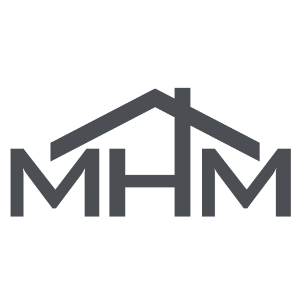
Millenium Home Mortgage
___
Manager
NMLS: 51519
Last articles
___

Injecting ‘feng shui’ into budget-friendly home makeover magic
9/6/2024
You see it, so you know others see it as well: Your uninspiring home office, you... view more

Green garages: Boosting home value with eco-friendly upgrades
9/3/2024
Creating a more environmentally friendly garage can increase a home's appeal and... view more
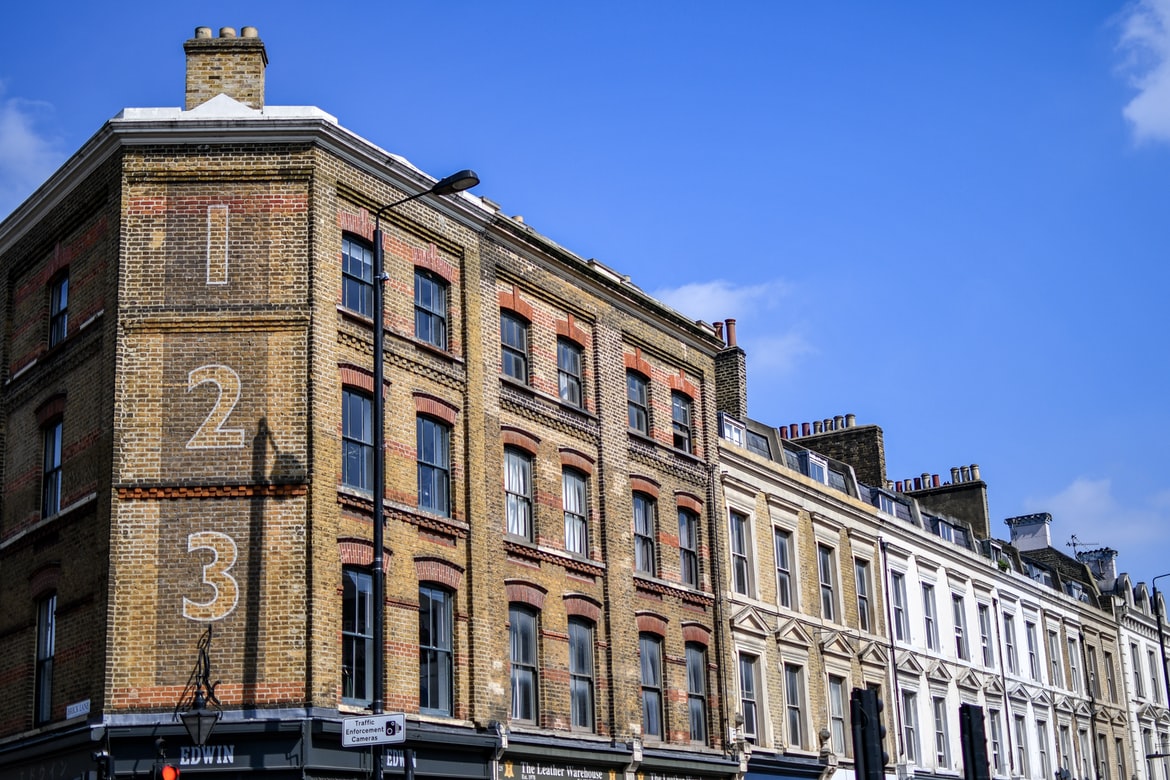
Three things that could impact rates this week
9/3/2024
These are the three areas that have the greatest ability to impact rates this we... view more

Mortgage makeover: Is it time for a refinance?
8/30/2024
Refinancing a mortgage means replacing an existing loan with a new one, and ther... view more

Conquering or lying low in today's market
8/27/2024
In today's housing landscape, buying a home can feel like scaling Mount Everest ... view more

Manufacturing data takes a hit even as Consumer Confidence rises
8/27/2024
The June metro city Case Shiller Home Price Index showed a YOY increase of 6.5% ... view more

Home sweet home? America's rollercoaster ride
8/26/2024
The U.S. housing market has been on a wild ride in 2024...... view more
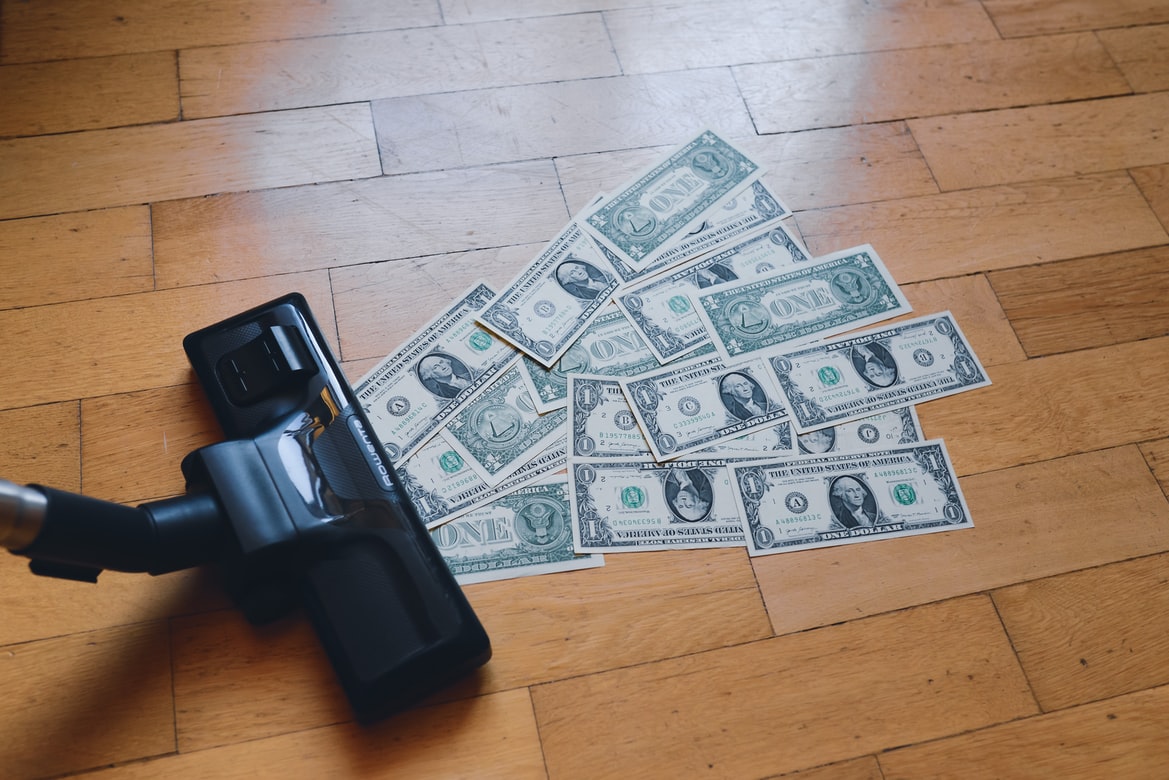
Markets will be focused on inflation data this week
8/26/2024
Last Friday, finally Powell gave the green light to...... view more

The Dark Side of Solar
8/23/2024
Few things on earth are free, including solar energy. While it can offer long-te... view more

Break-ins: A snapshot of a community on edge
8/20/2024
It seems the promise of quiet suburban life can sometimes be broken. In a startl... view more
Load more
 Millenium Home Mortgage LLC
Millenium Home Mortgage LLC






